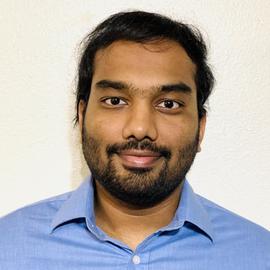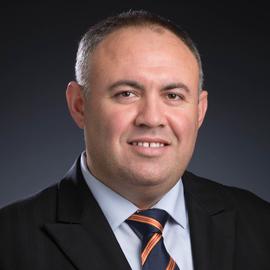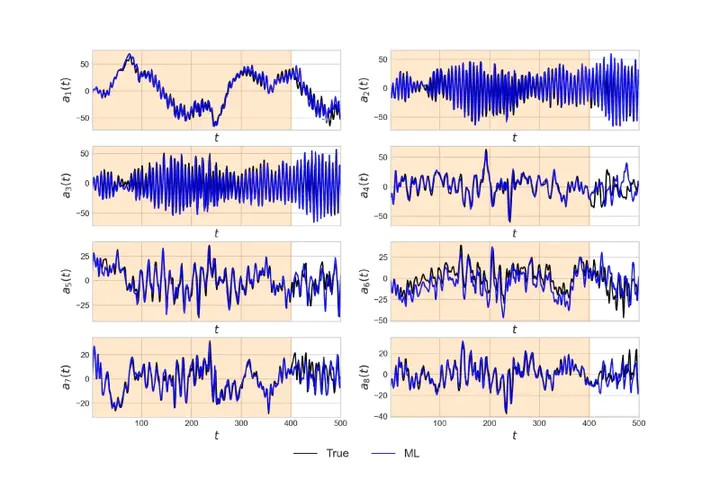A Novel Approach in Realistic Wind Data Generation for The Safe Operation of Small Unmanned Aerial Systems in Urban Environment
Rohit Vuppala, Kursat Kara
July, 2021
Abstract
In this study, we present preliminary work for a method to efficiently generate realistic wind data for urban environments using existing Large Eddy Simulation (LES) data for the safe operation of small unmanned aerial vehicles. A single building setup in neutral atmospheric conditions is considered a test case to demonstrate the method. The method relies on using Large Eddy Simulation data from a computational fluid dynamics simulation and a non-intrusive Reduced Order Modeling approach (ROM) coupled with Recurrent Neural Networks like Long Short Term Memory (LSTM). Proper Orthogonal Decomposition (POD) transform extracts modal coefficients from the high-resolution data snapshots. The LSTM network is trained on a specific number of modal coefficients defined by their relative information content. Modal predictions for future time steps are then obtained using this trained LSTM network without computationally expensive CFD simulations. An inverse POD transform obtains the corresponding velocity fields on these modal coefficients for future time steps. Since no prior information about the underlying governing equations is utilized for the predictions, the method is entirely non-intrusive.
Publication
AIAA Aviation Forum 2021

Rohit Vuppala
Ph.D., Current Position: University of Chicago

Kursat Kara
Associate Professor, Mechanical and Aerospace Engineering
Kursat Kara is an Associate Professor of Mechanical and Aerospace Engineering at Oklahoma State University and principal investigator of the Kara Aerodynamics Research Laboratory. His research spans hypersonic boundary-layer physics, unsteady aerodynamics, and the emerging interface of quantum computing and fluid dynamics. A dedicated educator and mentor, he teaches core and advanced courses—including Fundamentals of Aerodynamics, Computational Fluid Dynamics, Boundary-Layer Theory and Transition, and Quantum Computing—and supervises graduate and undergraduate projects in high-fidelity simulation and data-driven modeling. His work has been funded by NASA, NSF, Oklahoma NASA-EPSCoR, NAVAIR, ANSYS, and IBM Quantum. In 2025, he received the CEAT Excellent Faculty Award and was nominated for both the 2024 Excellent Teacher Award and the 2025 Excellent Faculty Award by OSU’s School of Mechanical and Aerospace Engineering. Dr. Kara earned his Ph.D. from Old Dominion University with a dissertation on hypersonic boundary layer receptivity to acoustic disturbances. He began his career as a research engineer at New England Analytics (supporting Sikorsky Aircraft), then completed a post-doctoral appointment at Penn State in hot jet simulations for aeroacoustics. In 2010, he helped establish the Aerospace Engineering Department at Khalifa University—where he won the President’s Faculty Excellence Award for Outstanding Teaching in 2015—before joining OSU. An active member of AIAA and APS, he served on the AIAA Applied Aerodynamics Technical Committee (2012–2021) and chaired/co-chaired multiple AIAA conferences. He also sits on the editorial board of Nature Scientific Reports and guest-edits its Quantum Computing collection.
